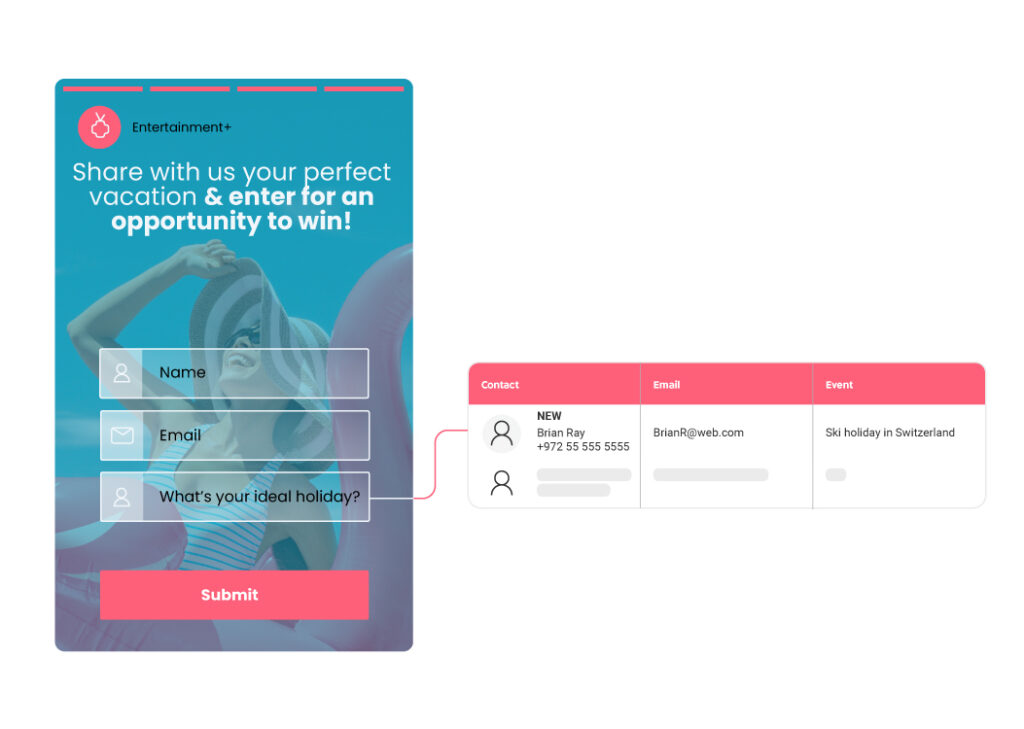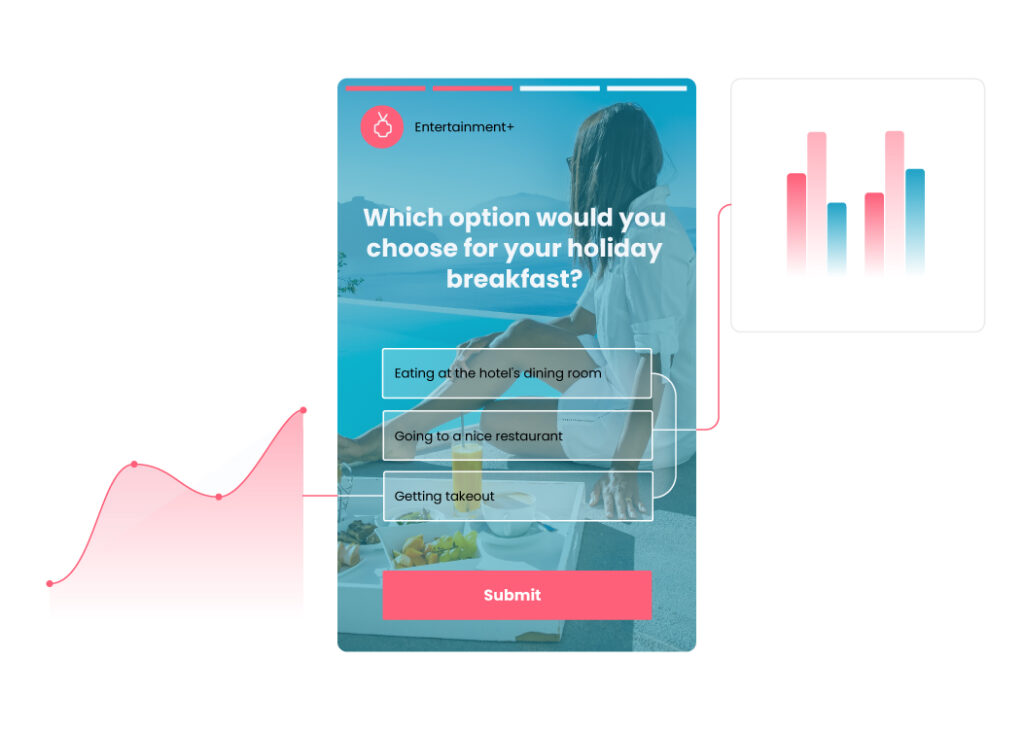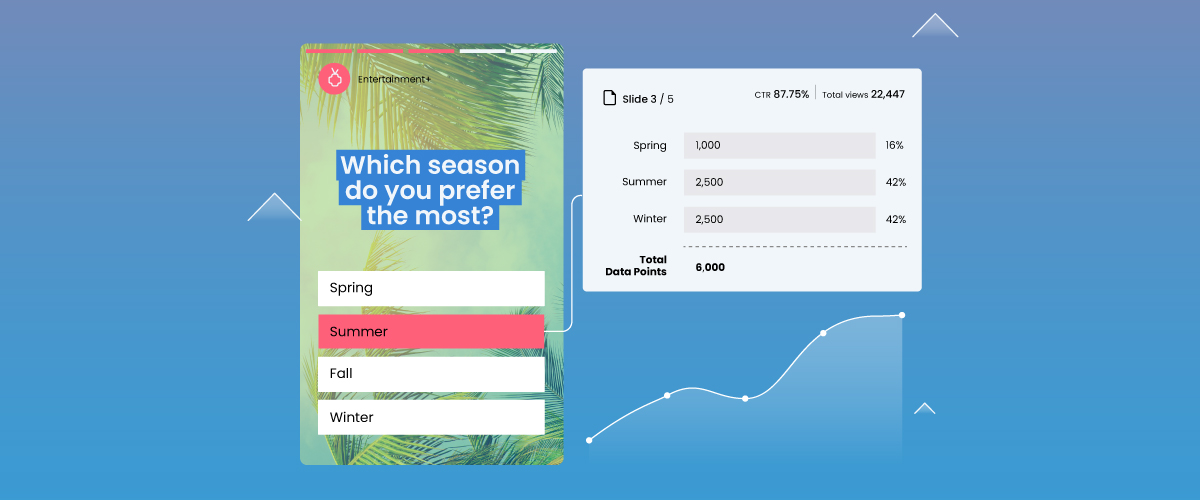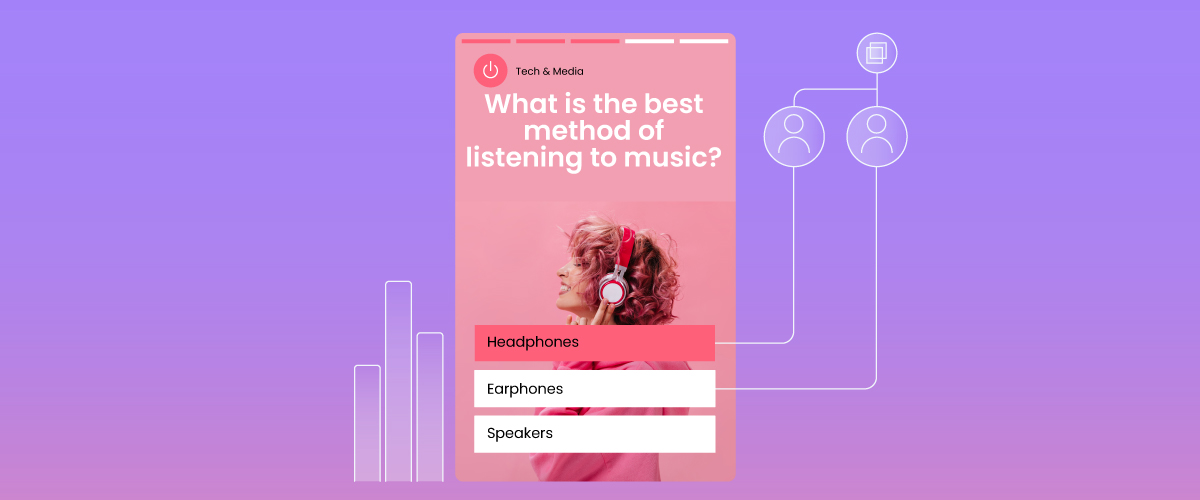Earth to marketers: third-party data is dying. Tightening GDPR and privacy regulations in the EU and the USA, alongside browser changes, means your data is not open for sale to anyone willing to pay. Could our personal information not be tech-giant property after all?
The bad news is marketers have less access to quick, available data. On the other hand, this is an opportunity. In the long term, establishing the direct relationship with your audience which is crucial for gathering zero and first-party data, will provide you with excellent insights. But before anything else, shifting your focus to zero and first-party data requires preparation and strategy. For this purpose, we gathered a few tips:
1. Make your users stay
If you invite guests to your home, and there are things you want to know about them, your chances increase the longer they extend their visit. In the world of digital marketing, this means a longer time on site. The more your users stick around, the more insights you’ll be able to gather, and the more accurate your bigger picture will be.
2. Determine what you want to know
Sort out the relevant information for your marketing and audience-building efforts, and tweak your website accordingly. Different segments of data, whether your user’s full name, location, age, interests, intent, etc. can be gathered using varying methods, ranging from forms, through pop-ups, to log-in requirements, checkouts, and more.

3. Make them feel comfortable
Going back to your visitors, you need to get them to like you if you want them to open up. You’re playing in an ultra-competitive world and need to create advantages. Provide your users with high-quality, fun, interactive content. Get them to watch videos, browse, tap forward, fill in quizzes, and complete surveys. The more actions they take on your website, the richer and more diverse your data will be.
4. Learn everything you can
Don’t let anything slip. Measure your social media activity to the fullest, apply heatmaps, install pixels, and track all your links for your different campaigns. If it’s relevant, deploy chatbots and forms. Basically, make sure you know everything about your users and their journey to and on your site: where they come from, how long they stay, where they go, and what they click on.
5. Optimize your dashboards
All that data you’re gathering? Make sure you don’t drown in it. Filter it, and lay it out in front of you in a nice, eye-friendly manner. Use your strategy pivot as an excuse to revisit your data warehouse, update the tables if needed, and see that the reports coming out of it provide you with what you need to know.

6. Analyze and take action
All of the information you’ll gather isn’t worth much if it’s not properly analyzed and provides a basis for decision-making. If you’re part of a big company, make the data accessible to the different marketing teams and oversee that it’s being used. If you’re a one-person show, have the data in front of you in every step of your marketing efforts.
Reducing dependence on third-party data and shifting towards zero-party and first-party data is challenging but rewarding if you overcome it. Enjoy this independence. Whereas third-party data is a commodity money can buy, zero-party and first-party data encourage you to strengthen your relationship with your users. It means building trust and improving your user experience and journey. In the long term, these efforts will pay off in many ways and positively affect your business.
If done properly, marketers will create a non-vicious cycle of increasing time on site -> more zero and first-party data -> offering a more personalized experience -> increasing time on site. Publishers enter this supply-led market with the ability to establish meaningful connections with companies offering demand and advertise at scale. Now is your time to shine.




